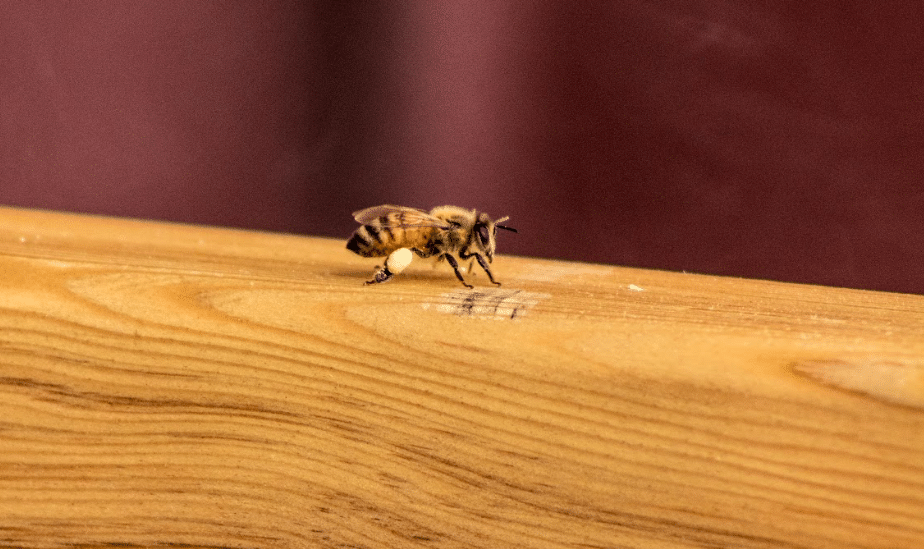According to a new study of the journal Science, baby honey bees learn to dance from elders to help their friends find the best food. These complex movements transmit information not only about nectar, but also about direction, distance and quality of the meal. This dance is called “waggle dance” because bees circle around while waggling their bodies at breakneck speed. The waggle occurs on a special dance floor, which is usually near the entrance of the nest. The bee shares immediately the news, and the other bees gather around to “listen to” her.
At first, scientists thought this dance routine was innate to the species, but actually they are always making this dance more accurate. In fact, experts observed in a bee colony that this dance made by the same bees but 20 years later contained less errors than when they made their first attempts. This phenomenon has been compared with language development in humans, in which exposure is essential for improvement.
Usually, a bee shows how rich the source is by how long and/or how vigorously she dances. Also, she indicates the direction of the source by the angle her waggle walk deviates from an imaginary straight line drawn from the dance floor to the sun at its current position. In other words, if the source lies in the exact direction of the sun, the bee will walk facing exactly straight up (that is because a hive hangs vertically).
Lars Chittka, professor of sensory and behavioural ecology at Queen Mary University of London, said: “The waggle dance is thought of as one of the most remarkable innovations of animal communication – a symbolic language in an insect”. He added: “The discovery that – at least in part – this behaviour must be learnt opens up a wholly new perspective: that perhaps the dance language was, at its early evolutionary roots, based on individual innovations that at first spread by social learning, only later to be cemented into partially hardwired, more innate routines”.
In conclusion, bees are cleverer than most people think. As it has been showed in this article, they can learn from their mistakes and have refined social skills, as well as elaborate difficult tasks and learning complex gestures.
